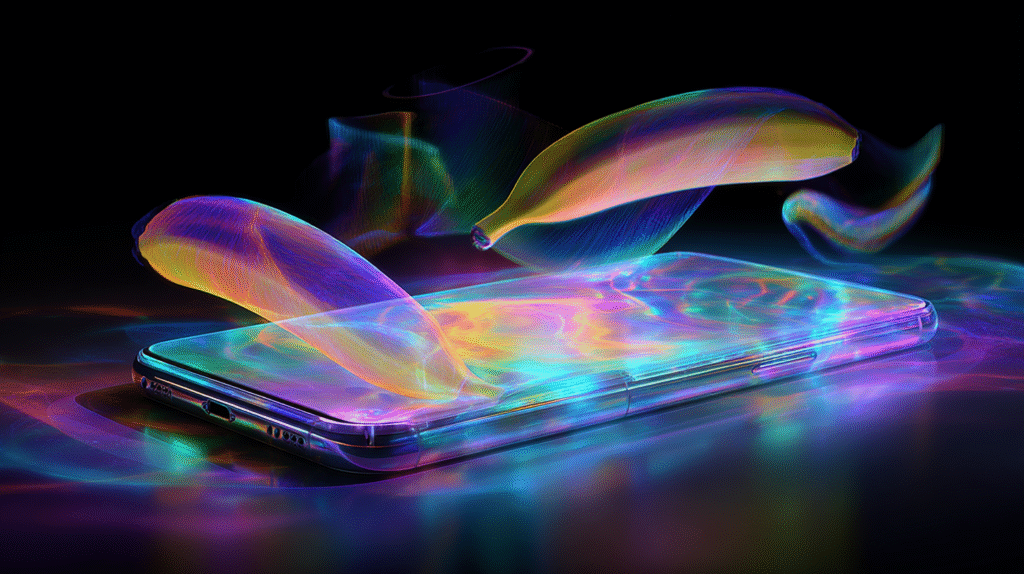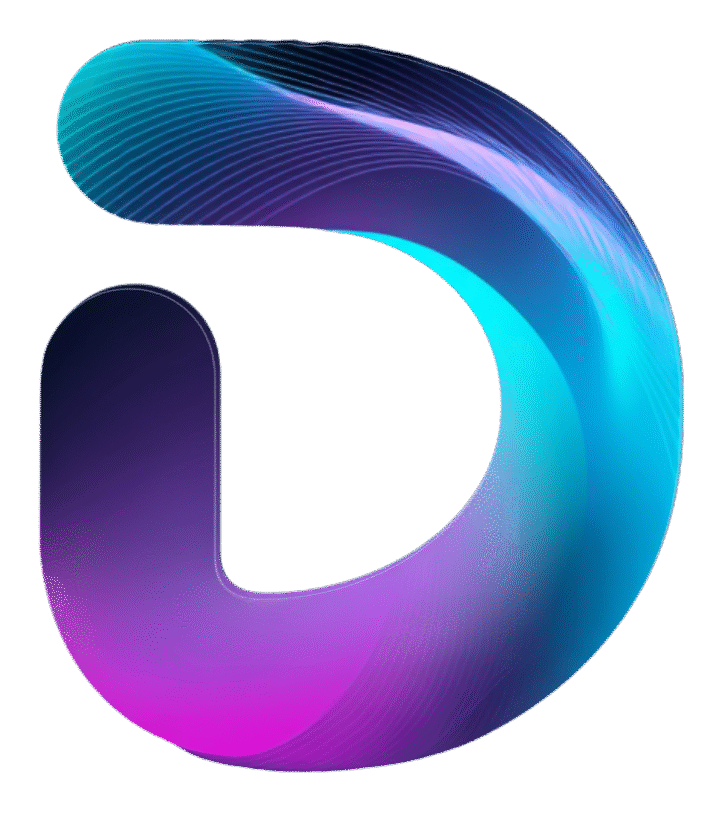
The Surprise at the Top of the Chart
Every once in a while, a seemingly quirky update turns into a cultural signal. Last week, Google’s Gemini app quietly jumped to the top of the App Store. The headline catalyst? A new AI image-generation model, playfully nicknamed Nano-Banana.
On the surface, we’ve seen this story before: big company launches a new AI model, users flock to test it out, timelines fill with surreal bananas wearing suits or photorealistic landscapes made in seconds. But what’s different here is the device. Gemini’s Nano models are designed to run directly on mobile phones, making powerful AI image generation suddenly pocket-sized, offline, and accessible to hundreds of millions of people.
This wasn’t just another model drop. It was a distribution breakthrough.
From Cloud to Pocket
To understand why this is a shift, think about how most people have interacted with powerful AI over the last two years. The experience has been mediated by the cloud: you prompt the model, it pings a server farm stacked with GPUs, and a second or two later your image or text flows back. Smooth, but dependent on high-bandwidth connections and expensive hardware running in the background.
Nano-Banana short-circuits that. It is lightweight enough to generate images on-device, almost instantly. No lag. No privacy concerns about your data going to the cloud. And crucially, no monthly subscription required to keep the engine running somewhere else.
In other words, Google didn’t just launch an image model; it miniaturized one. And history tells us miniaturization is often the real revolution. The transistor, the Walkman, the smartphone camera — smaller has always meant more personal, more constant, more world-shifting.
The Banana as a Metaphor
Why Banana? Internally, it’s just an affectionate codename. But as silly as it sounds, it reflects where we are in the AI adoption curve: models aren’t just serious tools anymore; they’re cultural objects that people name, meme, and play with. Gemini didn’t top the charts because Fortune 500 marketers needed new ad creatives — it happened because ordinary users wanted to see what a “nano banana” could do, and found out it could do a lot.
When was the last time infrastructure disguised itself as entertainment? This is exactly how the camera phone spread. People weren’t initially buying them for productivity. They bought them to snap funny pictures of their cats — and in hindsight, that ended up changing visual culture forever.
Why This Matters for Content Creators and Web Designers
Here’s the real impact: once AI imaging no longer requires a server connection, every pocket becomes a studio.
- A small business owner on her lunch break can mock up social graphics without opening a laptop.
- A web designer can generate textured backgrounds and branded icons from their phone in seconds.
- Content creators can draft visual experiments at the airport, between meetings, or in bed at midnight.
And because these tools run locally, there’s less friction, less cost, and more experimentation. The walls keeping people out of creative production keep collapsing — faster than even seasoned observers expected.
A Competitive Jolt for Apple (and Everyone Else)
One subtext here is competitive. Apple has long trumpeted its on-device machine learning chips as a reason the iPhone leads the pack. Yet it’s Google — through Gemini — that just delivered a mainstream, on-device AI app that users are actually flocking toward. That’s a reputational hit, and a wake-up call. Don’t be surprised if the next iOS keynote feels like a showcase in catching up.
The Future in Your Palm
The story of Nano-Banana isn’t about bananas. It’s about a 10-year arc where AI shrinks to fit the palm of your hand, and in doing so, changes the tempo of creativity. Yesterday, you brainstormed ideas on a napkin. Today, you sketch them on a phone. Tomorrow, your phone sketches them before you ask.
And just like that, personalization, design, and content creation move from the studio into the stream of everyday life. The tools are no longer separate from the moments they’re meant to capture.
